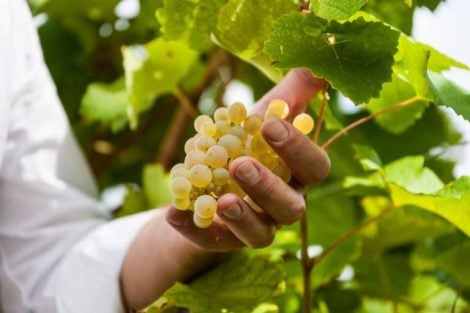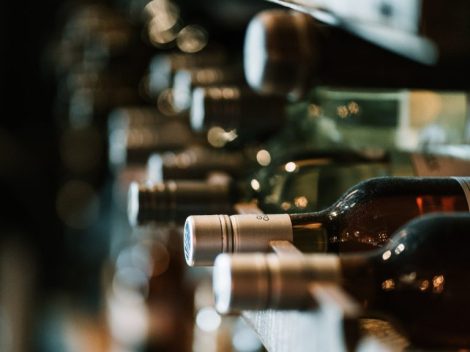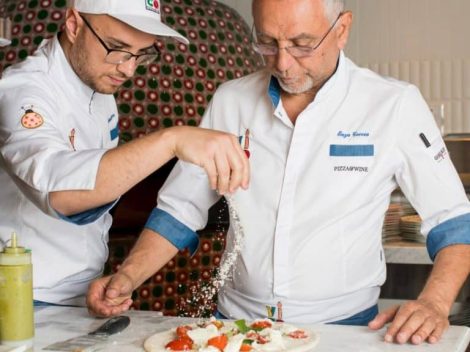Mention orecchiette and immediately thoughts go to Puglia, where (as happens in all regions for any traditional dish) each family has its own recipe, and clearly the best one! To better orient ourselves on this Apulian pasta shape par excellence, we asked four local restaurateurs to reveal the tricks to make them at their best.
The orecchiette
Orecchiette are typical of the Bari area and date back to between the 12th and 13th centuries. Each province, furthermore, has its own names and its typical recipes: cicateli in Foggia, chagghiubbi or fenescecchie in Bari, stacchiodde in Lecce. According to one of the most accredited theories, this type of pasta is inspired by a product of Southern France, where they were prepared with durum wheat flour and sold dry, ideal for long-term storage by sailors during their travels. Once upon a time, the traditional condiment was mutton ragù, but today it is turnip tops, mostly. And it is on this dressing that we will focus. First, however, a digression on Bros' orecchiette al pomodoro.
The orecchiette at Roots
The “other house” of Floriano Pellegrino and Isabella Potì aka the talented owners of Bros' in Lecce. A country house in which territory is celebrated in the plate, where the heart of the kitchen is the wood-burning oven which bakes bread, baked pasta and often meats portioned directly at the table. The menu of Roots obviously includes orecchiette but dressed with tomato: "This pasta shape is perfect with San Marzano tomato sauce," Floriano suggests, "with the tomato puree that is made in August (preferably when the north wind blows!) with the addition of onion and olive oil, simmering for 4/5 hours until the oil completely rises to the surface. When it is time to serve them, we pour the plain orecchiette on the plate and then add the tomato, finally basil and two teaspoons of ricotta (forte): rancid notes can never be missing!" But let's get to tips for making orecchiette.
Scorrano (LE) – Strada provinciale Scorrano Supersano km 2 – 0836 010329 - www.rootstrattoria.it
1 – Flour. It's mandatory to use durum wheat flour, semolina: "We work with Senatore Cappelli and we are experimenting with an older wheat variety."
2 - The dough. Another essential aspect is the consistency of the dough, which must never be too soft. "A dough that is too soft does not allow you to knead the dough well. That is the movement that is done with the fists to make the dough smooth. Once we have the result we want, we roll the dough into a rope and cut into small pieces and drag them on the pastry board with the traditional serrated knife, there are those who do it with their fingers but we prefer the knife. Another characteristic of our orecchiette from Salento, especially from Scorrano, is that they are a little larger than the ones from Bari." Therefore, everyone can decide whether to try their hand at the smaller orecchiette from Bari or the slightly larger ones from Salento.
Masseria Barbera's orecchiette with turnip tops
A long and suggestive tree-lined avenue in the Alta Murgia countryside is a prelude to what awaits you in this beautiful farmhouse owned by Riccardo Barbera, who in 2000 revived a property that belonged to the family since the end of the 19th century. People come here to taste sincere, traditional dishes, with raw materials coming from the 50 hectares of cultivated land and from the 20 hectares of pasture dedicated to sheep and goats, from whose raw milk come pecorino and caciocavallo, ricotta and cacini.
3. The base for melding sauce and pasta. On the stovetop, prepare two pots: one for cooking the orecchiette and a pan in which to prepare the base of the sauce. In the latter "put olive oil, garlic and chilli; brown and add some anchovy fillets: this is the classic base for tossing the pasta in."
4. Cooking the orecchiette and the turnip tops. "Next to the pan, heat the water and add salt, once it reaches boiling point, start adding the vegetables and after a minute and a half, in the same water, drop the orecchiette. After about two minutes, use a skimmer to collect everything and transfer into the other pan. Toss the orecchiette to meld flavours and complete with bread crumbs previously toasted in a pan with olive oil." Riccardo serves the dish with hand-crumbled crusco pepper.
Minervino Murge – s.s. 97 km 5,850 – 0883 692095 - www.masseriabarbera.it
Orecchiette with turnip tops by Maria Cicorella (Pashà)
This "home restaurant" occupies the spaces of the monumental episcopal seminary, managed very well by owner Antonello Magistà, an expert, professional and informal gentleman in the dining room. In the kitchen works Antonio Zaccardi, a cooking champion from Abruzzo transplanted to Puglia, now a profound connoisseur of the land that has adopted him. But for the orecchiette (Zaccardi complies) we asked Antonello's mother for advice, Mrs. Maria Cicorella in person who, until 2018, held the reins of the Pashà stoves (Maria has recently started a collaboration with the Gianfranco Fino winery in Manduria, for which she cooks her historical dishes, from broad beans and chicory paired with their rosé; to orecchiette with turnip tops paired with bubbles).
5. The relationship between water and flour. "Let's start with the orecchiette: I use organic semolina. To make 6/8 servings, I mix half a liter of warm water, 30 g of salt and, as grandmothers say, a drizzle of olive oil (a tablespoon) is needed on 1 kg of semolina flour. It's a quick dough that comes together and does not need to rest." Maria is also on team knife because her orecchiette are also larger than the classic ones from Bari.
6. The cooking tricks. "This is a recipe that I have perfected over the years, arriving at three cooking times for the turnip greens, which must be with closed buds: first I blanch and shock them for two minutes, putting them aside in water and ice, then in the same water in which I blanched them I cook the orecchiette and just before draining them I plunge the turnip greens back in. Finally I cook them for the third time during the melding, here they must almost become a pulp."
7. The breadcrumbs. "In the same pan in which I stir the pasta, first I aromatize the olive oil with the bones of the salted anchovies that I previously rinsed. With this oil I fry the breadcrumbs."
Conversano (BA) – via Morgantini, 2 – 080 4951079 - www.ristorantepasha.com
The orecchiette with turnip tops by Angelo Sabatelli
Sabatelli is a teacher, one of those who have made history, and school, and who never put autopilot in the kitchen: curiosity and research continue to be his levers. Angelo Sabatelli's cuisine is therefore made of authentic flavors and with an unequivocal identity, his own, so much so that some dishes have now become classics, such as the "cuttlefish, baby squid, almond and lemon" or the "stuffed pepper old style...today!"
Putignano (BA) – via Santa Chiara, 1 – 080 4052733 - www.angelosabatelliristorante.com
8. Anchovies. "I prefer salted anchovies which are more fragrant than the oil-packed ones. The anchovies stored in salt, in my opinion, I choose those arranged vertically over those stratified horizontally. The former are in fact firmer and more intact." Be sure to rinse them before frying with olive oil and garlic, do this under running water to remove excess salt.
9. The olive oil. Clearly the olive oil you plan to use must be a fine extra virgin olive oil (for your purchases, browse our Oli d'Italia guide) but the Apulian chef has a secret: "When you sauté with garlic and anchovies, puts a little oil, then add it raw at the end so that the dish is as light as possible."
10. Bay leaves. "Not everyone uses it but I recommend adding a bay leaf to the sauté. Seeing is believing."
by Annalisa Zordan

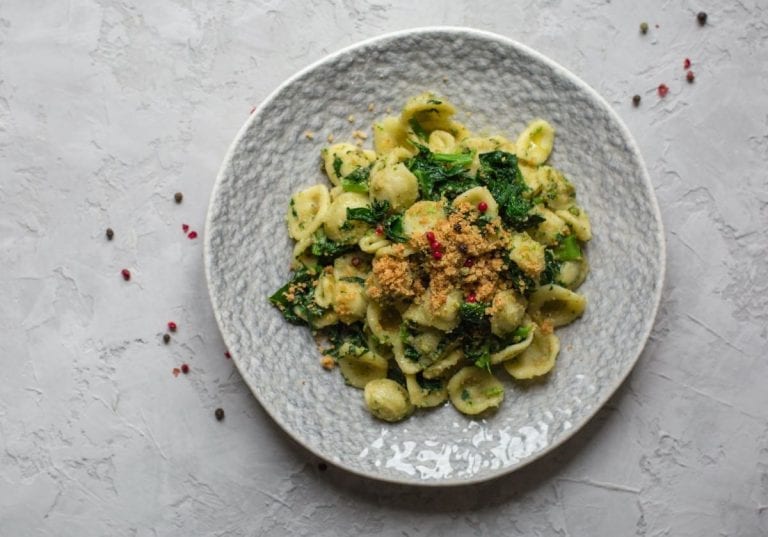
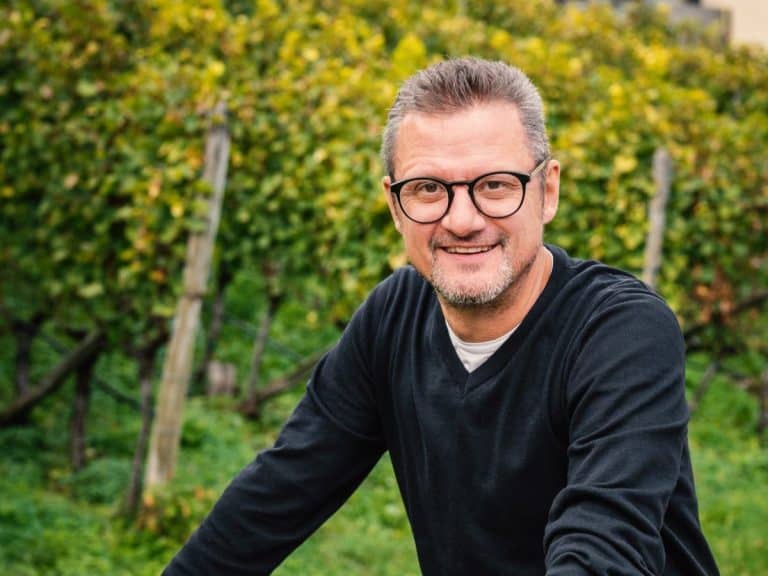 Non-alcoholic wines? Call them what you want, but they’re still a derivative of wine.” An Interview with Martin Foradori
Non-alcoholic wines? Call them what you want, but they’re still a derivative of wine.” An Interview with Martin Foradori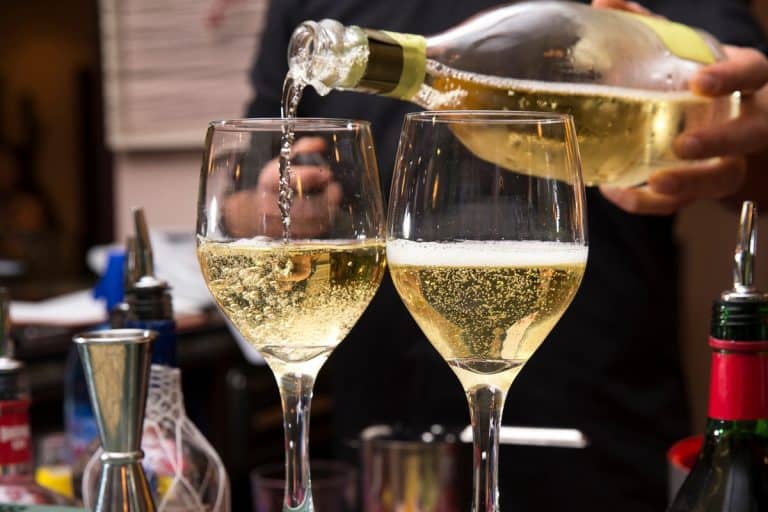 The 8 best Trentodoc wines chosen by Gambero Rosso
The 8 best Trentodoc wines chosen by Gambero Rosso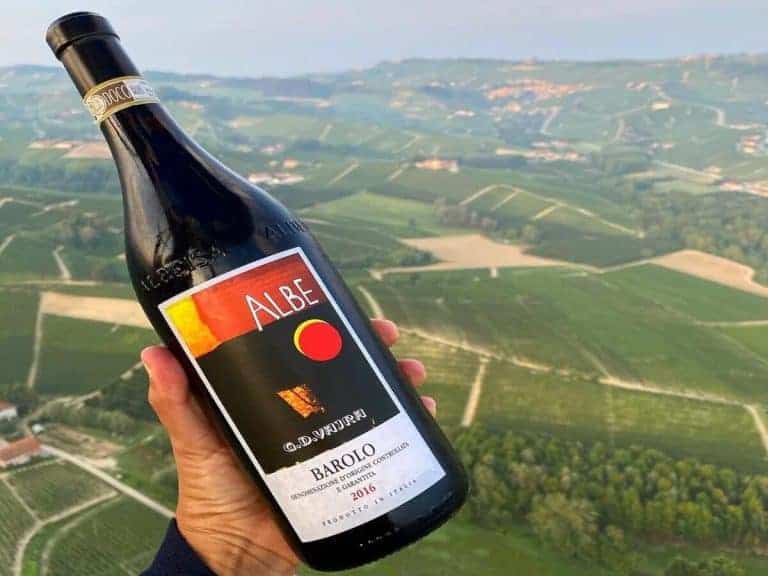 A Piedmont wine enters the top ten of Wine Spectator's "Top 100"
A Piedmont wine enters the top ten of Wine Spectator's "Top 100" Sparkling wines surpass still wines in Italian out-of-home consumption. Most popular during the aperitif
Sparkling wines surpass still wines in Italian out-of-home consumption. Most popular during the aperitif American Barbecue wins a Michelin star for the first time in history
American Barbecue wins a Michelin star for the first time in history